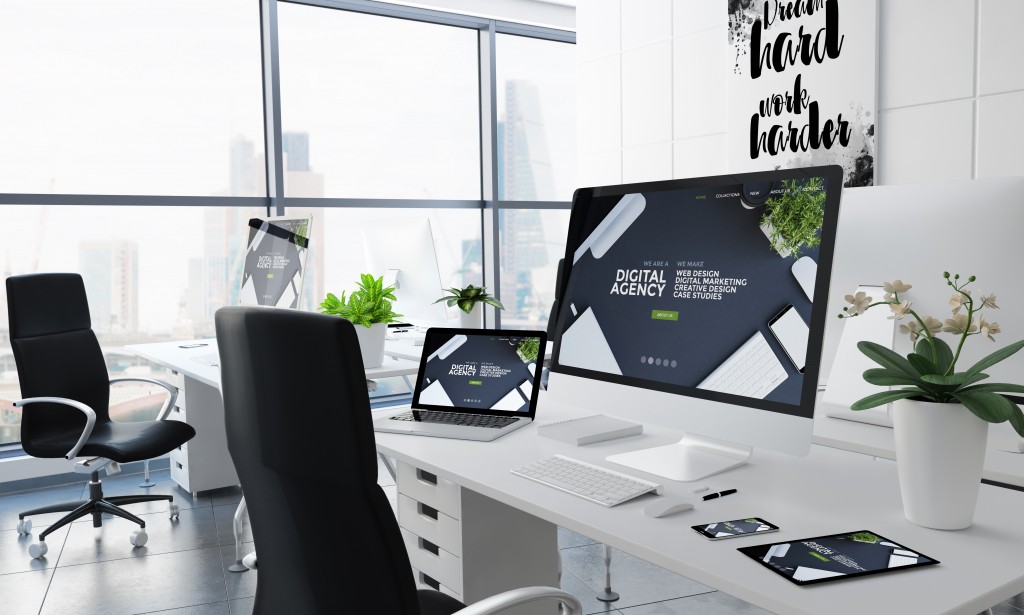Disclaimer: This website provides health information for educational purposes only and is not a substitute for professional medical advice, diagnosis, or treatment. Always seek the guidance of a qualified healthcare provider with any questions you may have.
Stress and anxiety caused by work have long been a problem in society, but it was not until recently that younger generations have started to speak up against it. The numbers have in on point: only 10% of baby boomers have left their jobs for mental health reasons while 75% of Gen-Zer have. It’s a huge disparity, and it’s something companies shouldn’t overlook.
Burnout has also been considered as a mental health issue recently. It remains to be a problem in the workplace as it afflicts employees with emotional exhaustion, cynicism, and ineffectiveness—all on top of nagging stress.
The continuing destigmatization of mental health in millennials and Gen-Zer have bumped up this particular health-related concern to the top of their priorities. Because employees spend 8 hours per day in the workplace, companies should start looking at how their offices are designed to encourage people’s well-being.
Consequently, companies seeking commercial fit-outs in Melbourne should consider the modern trends that are shaping offices worldwide:
1. Coworking spaces
“Two heads are better than one”—we’ve heard it a thousand times, and that’s the thing about coworking spaces. Collaborative furniture and instalments in the office allow employees to sit down and work together. They exchange ideas, ask for each other’s help, and even provide emotional support.
Having this kind of space—aside from individual offices and desks—gives employees a choice whether they want to be isolated or surrounded by people. This is especially helpful because everyone has a different working style.
Communal tables, freestanding media, couches, and other furniture can help achieve this goal.

2. Flexible office spaces
Employees often dislike being restricted. Staying in the same place for 40 hours a week is already gruesome on its own, and staying in the same seat with the same position the entire time is already proven to cause health issues.
Flexible office spaces help avoid this by allowing employees to move around. They can turn meeting rooms into their own offices. They can go to the pantry and work there, too. They can bring a bean bag to the sofa area.
The office needs more furniture and spaces that can be turned into a place of productivity. The key is to make them feel like they’re stuck, and they definitely won’t be stuck with work.
3. Integrating nature in the office
Indoor plants, wood, stones. Incorporating nature in the workplace is proven to benefit employees’ productivity and creativity. Called as “biophilic design,” this style touches on the connection of humans to the natural world.
According to Oliver Health, “With a diminished connection to nature, the increasing pressure on urban space, and the ubiquitous technological presence, we have less opportunity to recuperate our mental and physical energy.” By adding elements of nature in the office, employees can benefit from its calming effects, ultimately reducing stress.
Mental health awareness should be raised in every aspect of our lives, especially in the workplace. It’s about time that we prove productivity should not compromise one’s health and well-being. Bigger companies have integrated these designs in their offices, and it’s about time every other company should, too.




